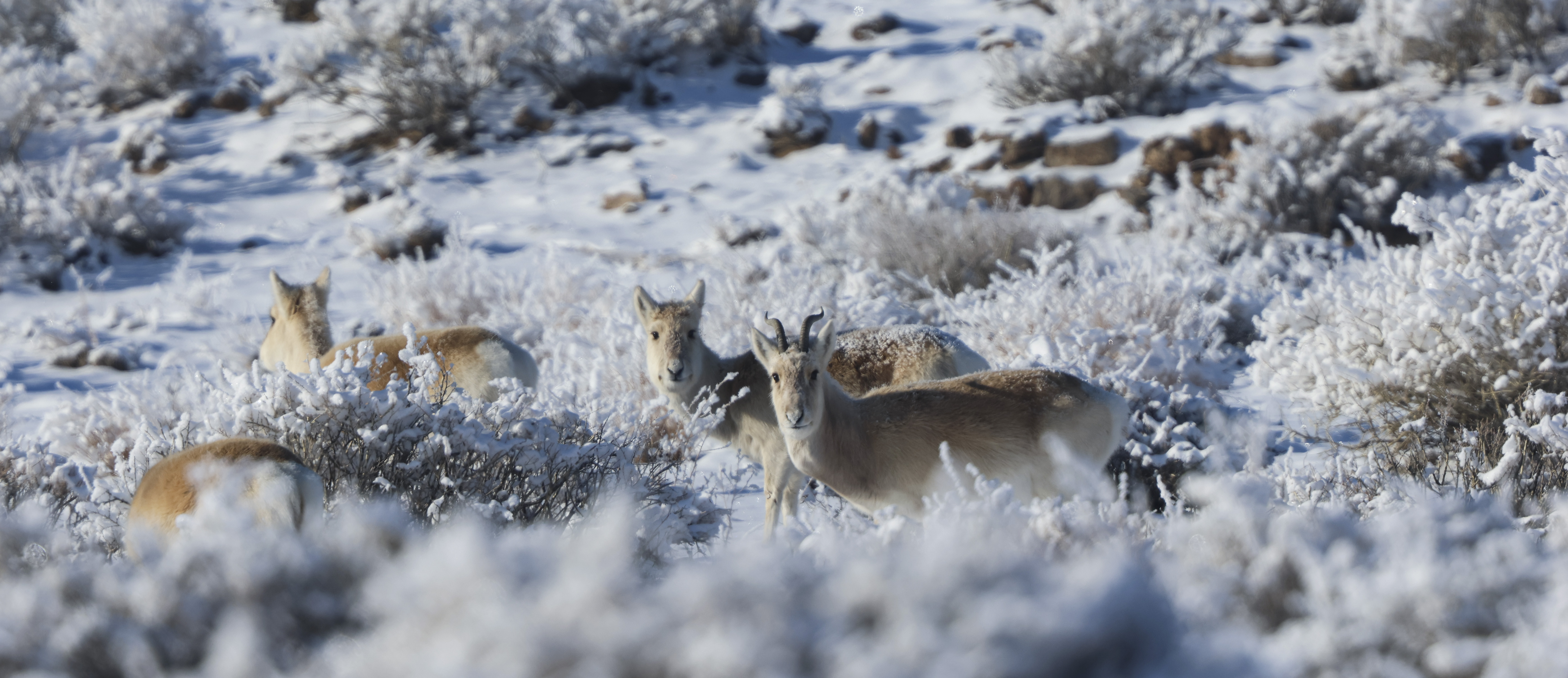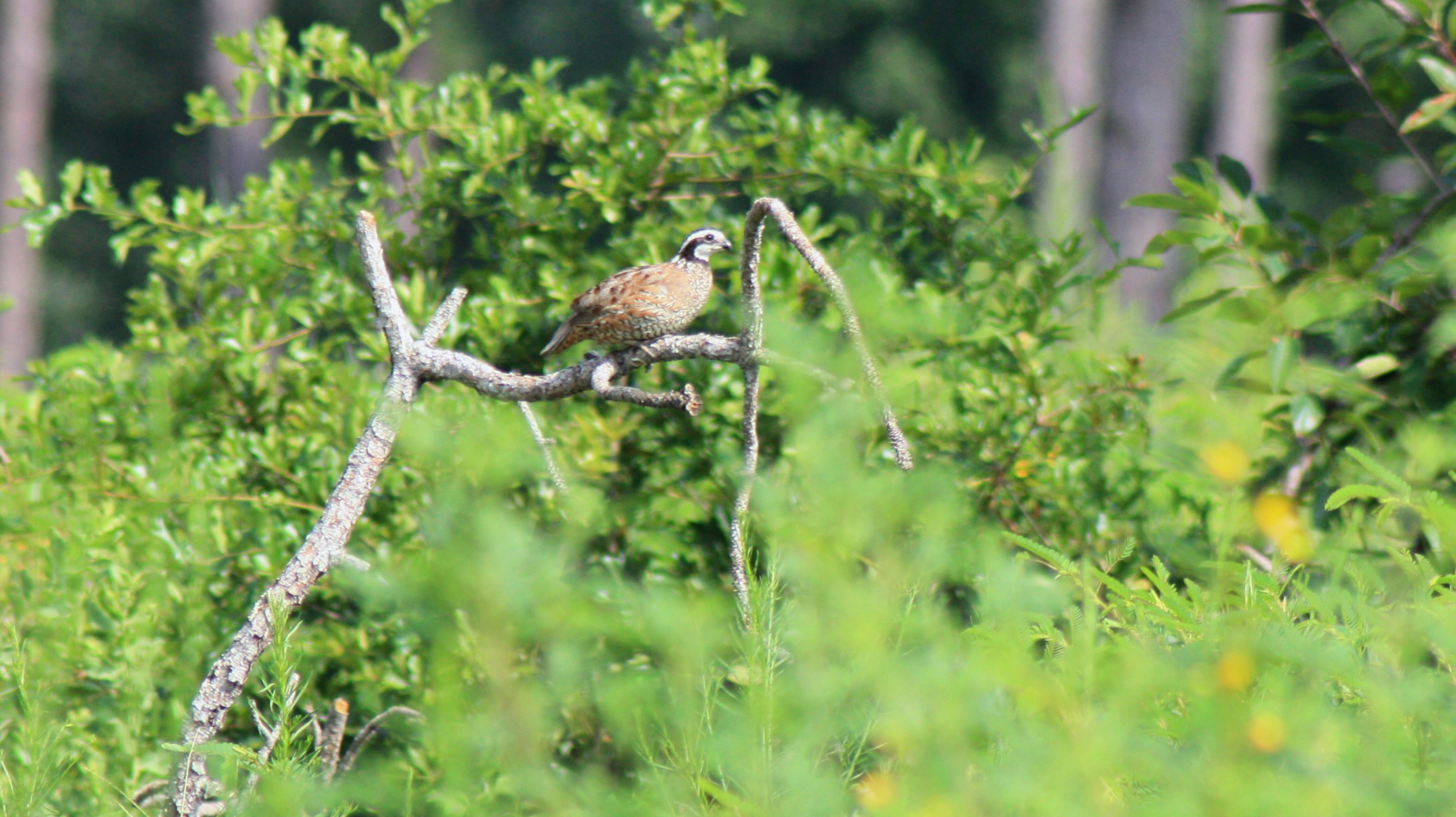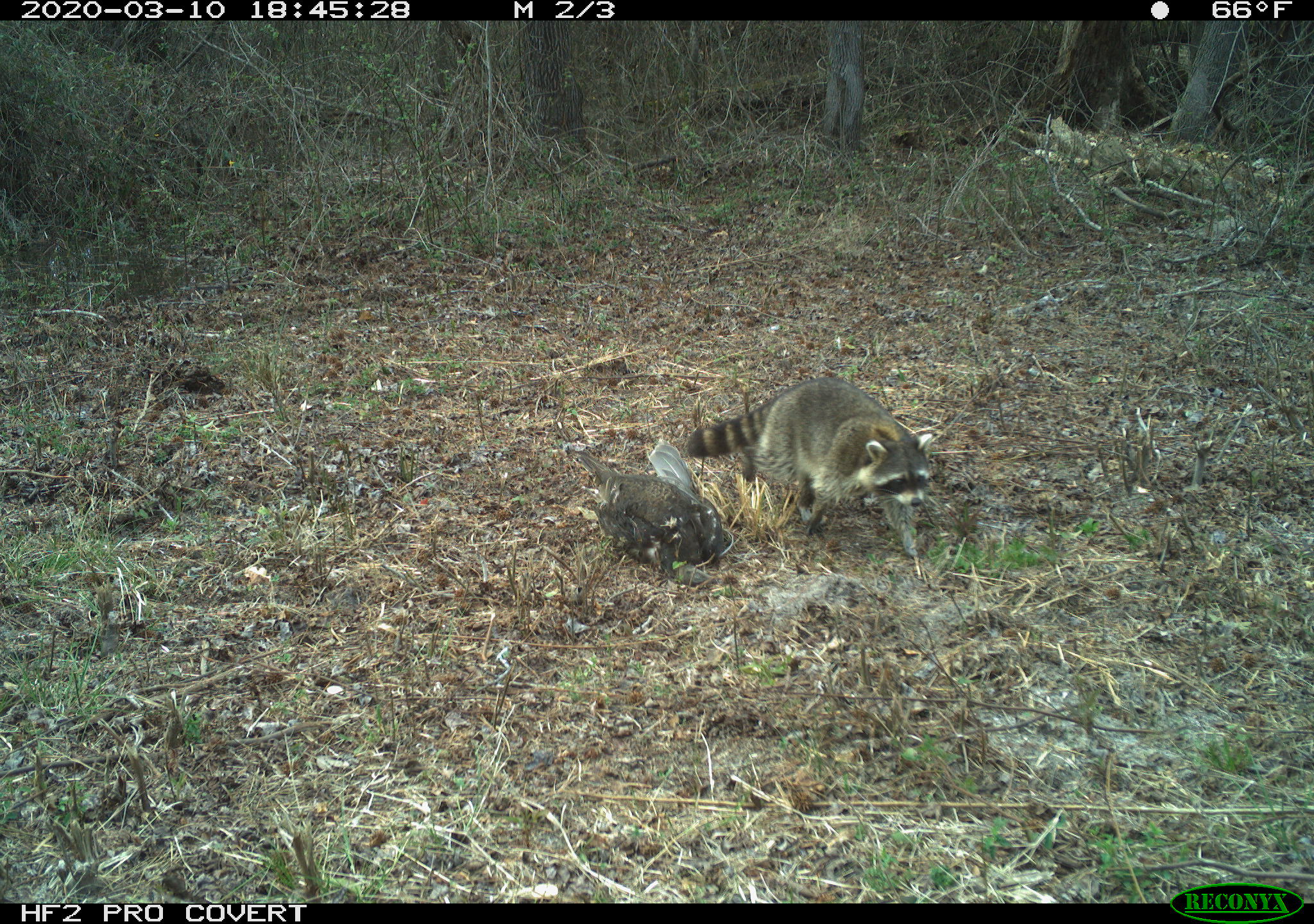A new study shows that wolves in Washington state are not having much of an impact on white-tailed deer, one of their primary prey. In a paper published June 18, scientists report that the biggest factor shaping white-tailed deer populations in northeast Washington is the quality of habitat available. Cougars were second in their impact. Wolves were a distant third.
Tag: Wildlife Conservation
WCS’s Annual Gala, Celebrating the Bronx Zoo’s 125th Anniversary, Honors Its Director, Jim Breheny
The Wildlife Conservation Society (WCS), a global conservation organization, hosted its annual gala this evening celebrating the Bronx Zoo’s 125th anniversary and paying tribute to its director, Jim Breheny.

Mongolia’s Dzud Is a Severe Winter Weather Disaster Affecting People and Wildlife
As highlighted by both national and international media, a severe winter weather disaster—the phenomenon known as a ‘dzud’—during the 2023-2024 winter has presented unprecedented challenges for the people of Mongolia.
Conservation Value of Field Research Stations Greatly Misunderstood and Underfunded According to 173 Conservation Scientists in New Study
Funding of field conservation research stations worldwide has been drastically reduced since the beginning of the COVID-19 pandemic, raising the alarm for more than 170 conservation researchers representing 157 field stations in 56 countries in a new paper published in Conservation Letters.
All creatures great and small: Sequencing the blue whale and Etruscan shrew genomes
The blue whale genome was published in the journal Molecular Biology and Evolution, and the Etruscan shrew genome was published in the journal Scientific Data.
SMART Global Congress Set to Meet in Namibia, March 10-14
The SMART Partnership is pleased to announce the inaugural SMART Global Congress in Windhoek, Namibia from 10-14 March 2024.
First-ever report of Nesting of incredibly rare and endangered giant turtle
Biologists have discovered a breeding population of a Cantor’s Giant Softshell Turtle, as part of conservation efforts in the south of India.
Study: Wild pig populations in U.S. can be managed
Recent conservation efforts have proven effective at controlling wild pig populations in the Southeastern United States, according to new research from the University of Georgia’s Savannah River Ecology Laboratory and Warnell School of Forestry and Natural Resources. Within 24 months of the start of control efforts in the study area located around the Savannah River Site in Aiken, South Carolina, researchers found a reduction of about 70% in relative abundance of pigs and a corresponding decline in environmental rooting damage of about 99%.
Kordofan giraffes face local extinction if poaching continues
Poaching of two Critically Endangered Kordofan giraffes per year could result in extinction in just 15 years within Cameroon’s Bénoué National Park without intervention. These are the alarming new findings of a University of Bristol and Bristol Zoological Society-led study published in the African Journal of Ecology.
Just add water – garden ponds and bird baths help wildlife thrive, study finds
Providing water sources in residential gardens helps wildlife thrive, according to new University of Bristol-led research. The study, published in Urban Ecosystems, compared the quantity and variety of wildlife visiting urban lake water sources and residential gardens in England and found no difference in the number of small-bodied wildlife that visited.
Toxic Twitter abuse could skew UK wildlife law
Wildlife conservation efforts could suffer because toxic online rows about trophy hunting are becoming increasingly abusive, ecologists have warned.
Human-wildlife conflicts rising worldwide with climate change
New research shows that a warming world is increasing human-wildlife conflicts globally: Climate shifts can drive conflicts by altering animal habitats, the timing of events, wildlife behaviors and resource availability. It also showed that people are changing their behaviors and locations in response to climate change in ways that increase conflicts.

Artificial intelligence answers the call for quail information
When states want to gauge quail populations, the process can be grueling, time-consuming and expensive. It means spending hours in the field listening for calls. Or leaving a recording device in the field to catch what sounds are made—only to spend hours later listening to that audio. Then, repeating this process until there’s enough information to start making population estimates.
But a new model developed by researchers at the University of Georgia aims to streamline this process. By using artificial intelligence to analyze terabytes of recordings for quail calls, the process gives wildlife managers the ability to gather the data they need in a matter of minutes.
Iowa State students provide landscape expertise in proposed Mississippi River bridge project
Iowa State University landscape architecture students are involved in what could one day be the longest wildlife bridge in the world: a proposed multi-use bison crossing and public viewing area over the Mississippi River.

Scavengers can be picky eaters
A recent study conducted by researchers at the University of Georgia found that when presented with a smorgasbord of options, vertebrate scavengers were selective about what or whom they ate—providing insight into how nutrients can cycle through food webs.
Climate change to fuel increase in human-wildlife conflict
Climate change is further exacerbating human-wildlife conflicts by straining ecosystems and altering behaviors, both of which can deepen the contacts — and potential competition — between people and animals.

Study finds health trade-offs for wildlife as urbanization expands
City living appears to improve reproductive success for migratory tree swallows compared to breeding in more environmentally protected areas, a new five-year study suggests. But urban life comes with a big trade-off – health hazards linked to poorer water quality.
Rutgers Expert Can Discuss Creating Wildlife Habitat in Your Yard
New Brunswick, N.J. (June 15, 2020) – Kathleen Kerwin, a wildlife expert at Rutgers University–New Brunswick, is available for interviews on how to create wildlife habitat in your yard. “Creating backyard habitat for wildlife is a relatively easy way homeowners…